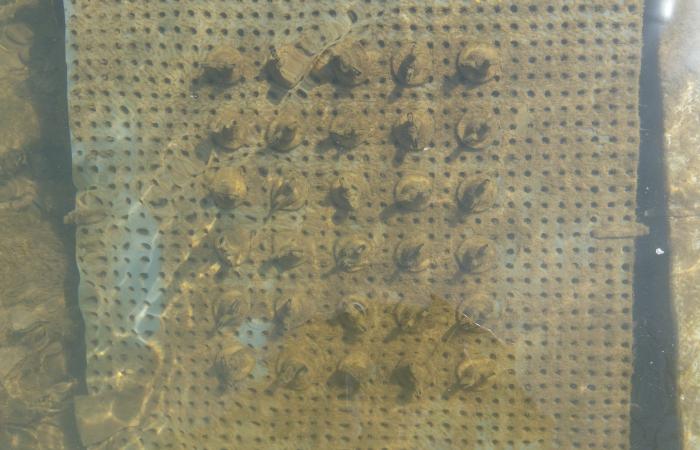March 1, 2018 – Analyses of creek algae informed a new model that can more accurately predict the presence of the neurotoxin methylmercury in small headwater ecosystems. For about two years, Oak Ridge National Laboratory scientists studied biofilms collected during different seasons and from various locations along an East Tennessee creek bed and discovered methylmercury in tiny oxygen-deficient pockets within the biofilms’ complex ecosystem. “For methylmercury to be produced, the samples had to be grown and incubated in the light to actively photosynthesize, which means oxygen is present,” said ORNL’s Scott Brooks. “However, methylmercury only forms in anaerobic, or oxygen-free, zones, which means there are optimal conditions for methylmercury production at small scales within the biofilms.” The team also found that simply shaking the samples disrupted the biofilms’ delicate ecosystem and reduced methylmercury levels. Their newly developed model, described in Environmental Science & Technology, could be applied to other water systems to predict methylmercury production.








